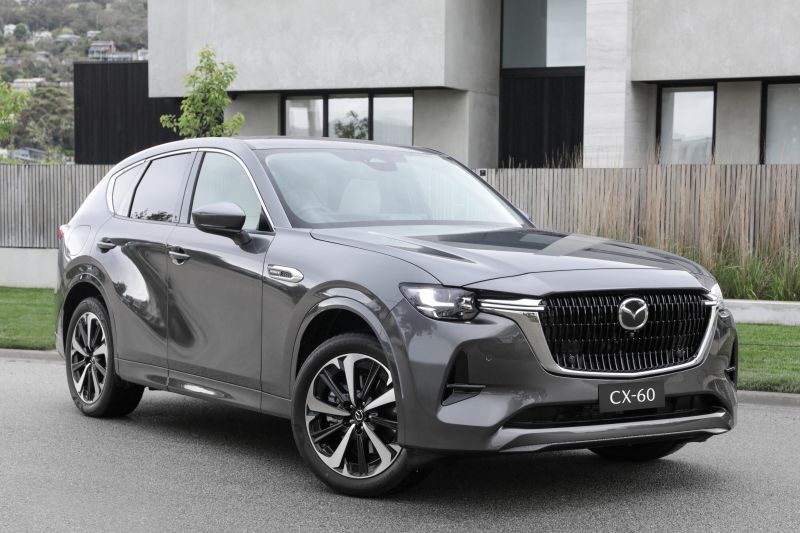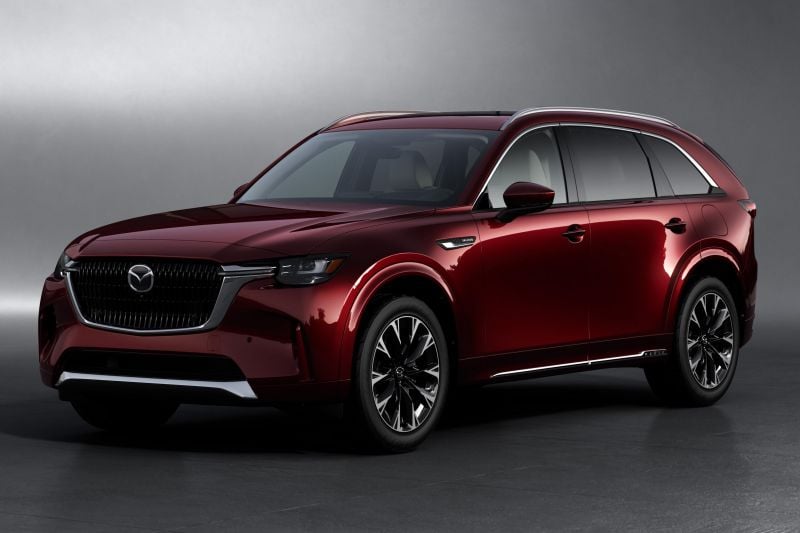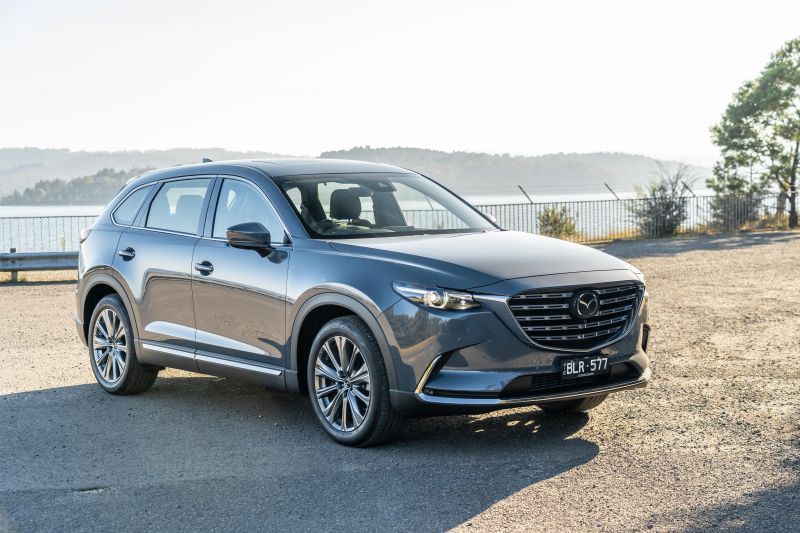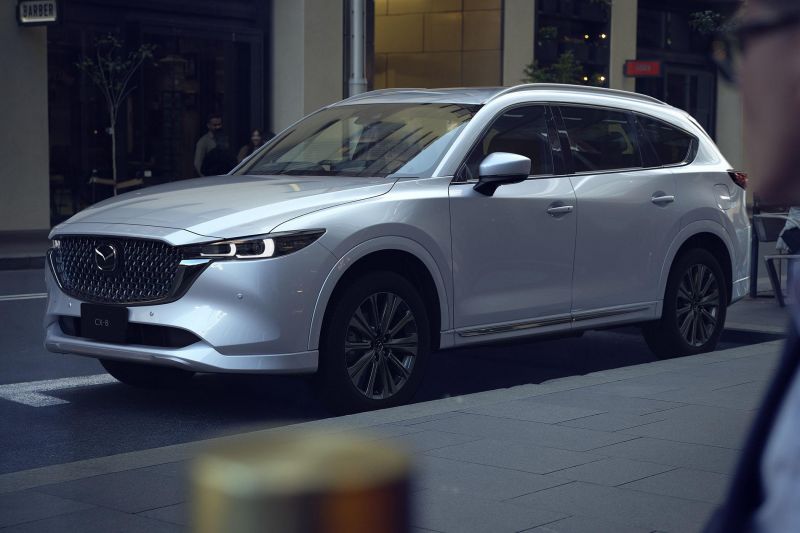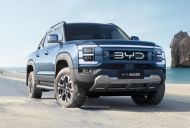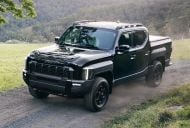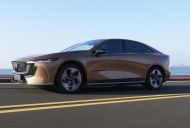The Mazda CX-70 and CX-80 SUVs are still a possibility for the local market despite the brand’s increasingly cluttered SUV line-up.
“If we were concerned at all that we would be introducing vehicles that would just sit on top of each other, then you wouldn’t do it,” said national marketing manager Alastair Doak.
“The fact that we’re still investigating how they would fit, we must have some level of comfort that there would be differentiation between them or we wouldn’t even bother in the first place to have that conversation.”
The two-row CX-60 and three-row CX-80 have been developed with the European market in mind, while the wider two-row CX-70 and three-row CX-90 have been developed with the North American market in mind.
All are underpinned by Mazda’s near rear/all-wheel drive Large Platform, with the CX-60 and CX-90 confirmed to offer a choice of petrol, diesel and plug-in hybrid powertrains. The CX-60 goes on sale locally in June, with the CX-90 following in the second half of this year.
Mazda Australia offers almost every SUV model line produced by the brand, bar the Chinese-market CX-4 and the US- and Chinese-built CX-50.
We’re unusual in getting both the narrower CX-8, designed for the Japanese market, and the wider CX-9, designed with the US market in mind.
“We don’t see any issues if we have this portfolio on offer,” said managing director Vinesh Bhindi.
“Once we understand, after launching CX-60, CX-90, and sell alongside CX-8 and CX-9, and if you add CX-5 to it, that the consumers will help us make our final decision on CX-70, CX-80, on where that makes sense, where it fits in, how should we offer it, should we offer it at all, et cetera et cetera.
“It really is an opportunity for us to see what the customer is thinking when we have those products on offer.”
Mazda executives said it doesn’t think consumers will be confused.
“I think we give much more credit to consumers because they’re smart, they know exactly what they want,” said Mr Bhindi.
“It’s not an issue to consumers. They either know clearly what they want before they come to our showroom, or they come to our showroom and it’s either this or this, ‘Show me, let me touch it, feel it, drive it’.
Mazda also says it isn’t concerned if none of its SUVs top their segment in sales.
“We would rather have a portfolio of good sellers rather than one or two superstars, because that’s where you can trip up,” said Mr Doak.
“We had these conversations when we said we were going to bring CX-8 alongside CX-9. Everybody said, ‘Well why would you do that? They’re the same car, three-row blah blah blah’.
“But we were confident that each of them would have a clearly defined position in our line-up. We wouldn’t be looking at bringing other cars if we didn’t think that it’d be a similar story to tell.”
MORE: Mazda CX-90 plug-in hybrid won’t hit Australia until 2024
MORE: 2024 Mazda CX-90: Australia getting petrol and diesel sixes
MORE: Mazda CX-9 future unclear, as new CX-90 launches
MORE: 2023 Mazda CX-60 price and specs
MORE: 2023 Mazda CX-60 review

